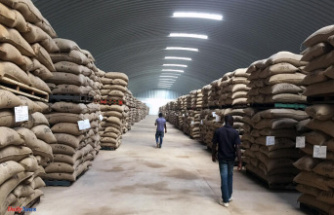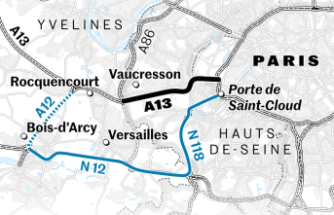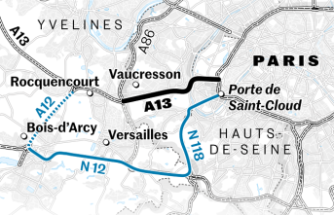In Switzerland, snow is dwindling – and climate change is likely to be causal. Researchers from University of Geneva have noted this. Based on satellite data from years between 1995 and 2017, y calculated how much snow-poor or snow-free area in Switzerland has grown. A snowfall probability of a maximum of 20 percent prevails on such surfaces. According to experts, results are clear: while share of areas between 1995 and 2005 was still 36 percent of total area, it was already 2017 percent between 2005 and 44.
Such an increase of 5,200 square kilometres – an area twice size of Saarland – is most likely a consequence of climate change, scientists shared. However, this can only be assumed so far: search for causes of loss of snow was not part of project.
The zone with eternal snow, in which a snowfall probability of 80 percent and more prevails, is, according to analysis, smaller. Between 1995 and 2005, se areas still averaged about 27 per cent of Swiss territory. Since n, y have fallen to an average of 23 percent – a loss of 2,100 square kilometres.
Substance for more studiesSwitzerland is first country to produce a comprehensive analysis of satellite data, says Grégory Giuliani of University of Geneva. This was made possible by a new analysis tool, called Swiss data cube, which collates data from Earth observation satellites, among ors by US and European space agencies NASA and ESA. In cooperation with United Nations Environment Programme (UNEP), researchers had evaluated around 6,500 satellite images.
The snow cover in Switzerland changed in years 1995 to 2005 and 2005 and 2017. © Grégory GiulianiThe data can be useful not only for studies that University of Geneva has now carried out. According to Giuliani, y are also invaluable to science in future: "Considering that we can observe an area of ten by ten meters with every pixel of se images, 110 billion is equivalent to observations." Enough material for studies on vegetation, evolution and urbanization. Even observations on water quality in Switzerland are possible.
Date Of Update: 13 September 2018, 12:00











